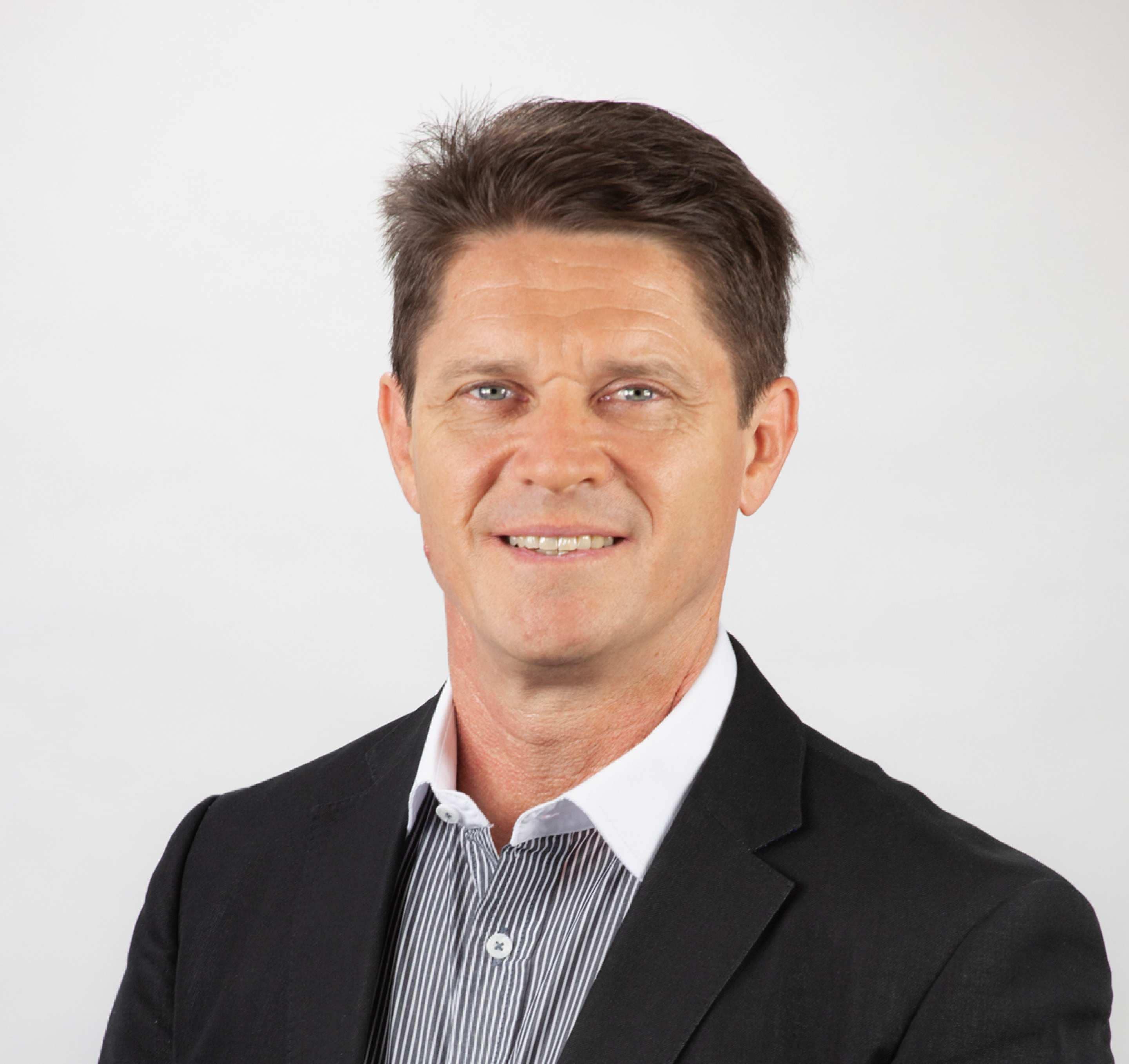
Lunchbox Science with David Alais
Faces in clouds: why our brains see human faces everywhere
Professor David Alais investigates why our brain is hardwired to see faces in everyday items.

The brain has evolved specialised neural mechanisms to detect faces rapidly. It does so using template-matching as a short-cut. This is why an inanimate object with an 'eyes over nose and mouth' configuration is often seen as a face. Known as 'face pareidolia', these false detections are still analysed for facial expression just as real faces are and reveal much about the importance of faces to our brain and species.
More about David Alais
David Alais is professor of experimental psychology at the University of Sydney who has spent two decades studying how the brain combines the senses into a vision of the external world. His particular interests are in understanding how the brain deals with ambiguity and gaps in knowledge when building its perception of the world. Professor Alais spent a decade working overseas in the USA, France and Italy with world leaders in the field of perception and sensory neuroscience and heads an active multisensory research group in Sydney studying vision, touch and hearing.